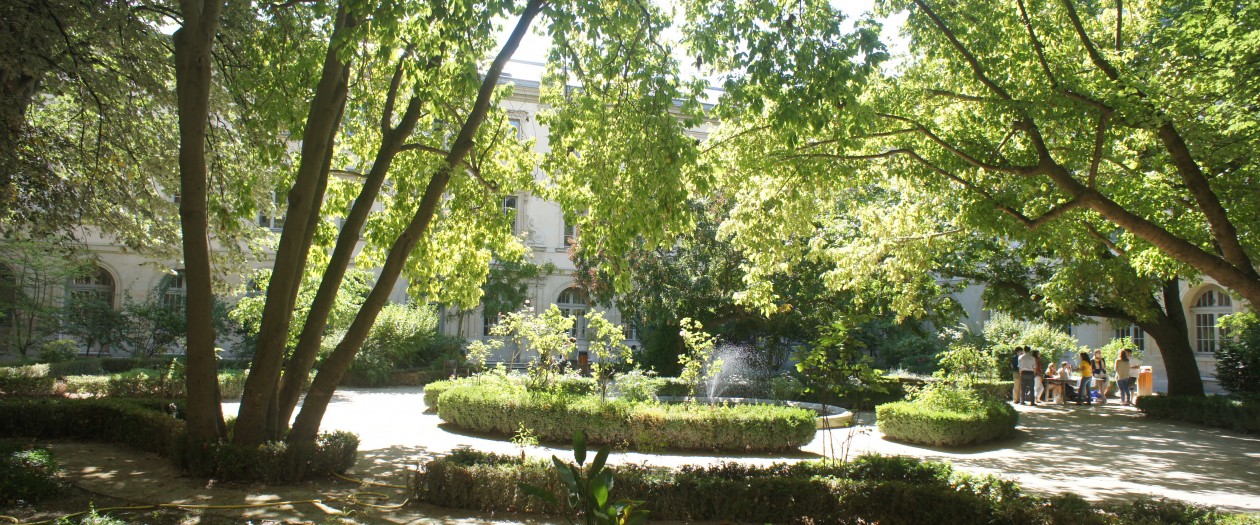Taoist principles are presented in the classics of Chinese culture such as the Dao De Jing (Lao Zi), the Yi Ching (or Book of Changes).
Taoism emphasize the use of non-force to reach your goal . The use of non-Force (wu-wei) does not mean passivity, but rather supposes the understanding of a situation and its acceptance in order to control the confrontation with minimal force. Taoism involves the understanding of Nature of things or events in order to adapt to it. The frontal confrontation of a problem often involves a clash and create other problems, like a shock produces waves. If it is not applied, it would be the law of the strongest that prevails. Here it is the image of the swimmer who can cross a stream by following the current turmoil rather than fight the opposit currents and risk to drown due to exhaustion. This is the law of the sensitive and subtle over-coming the brute force.
In the practice of Tai Chi, we learn to develop the listening and the sensitivity of our subtle body, and then extend them to our environment and also to our partner, to feel the movements and forces that underlie the invisible body movements, to release tensions and to set movements free.
In the movements of Tai Chi, the circle and the wave are privileged. Muscles and joints are held on ealong the other during continuous movements. The wave movement produces a self massage of internal organs, joints and muscles, while muscles relax, blood pressure decreases, the flowing of body fluids is stimulated, the energy balance is stabilized, etc. The positive side effects for the body are varied and complex, and can be reached at the beginning of the practice. The development of profound qualities, however, requires more intense work and continues during a long time. True Tai Chi cannot be learnt in the hurry.
Tai Chi in its external form is an art of movement, but in its internal form, it is a method of meditation using subtle movements and internal sensations of the body as a method of mind concentration. In its more advanced form like pushing hands, the external pressure of a partner will enhance the concentration of his own personal work. Under this pressure a progressive relaxation and a genuine and deep concentration are formed.
Alongside the physical work, the release of the subtle movements of the body can not be done without resolving deep emotions and deconstructing emotional tensions. Emotions and body are intimately linked. Body practices that we keep for a long time also have a profound effect on how our emotions are formed. By teaching a body to harden, we will more easily tend to stiffen emotionally when pressure or external stress occurs. By learning to relax while facing a physical force, it may be more likely to keep inner calm in appropriate critical time. This is a first step towards a more essential inner development. These phenomena are complex, but subtly present and observable after a long period of time.
Everyone is free to deepen his practice in his direction, his life strategy. Everyone can find in Tai Chi what one deeply seeks for.
We use a set of practical exercises alone or with a partner, as a so-called slow form to enhance the listening and a so-called fast form to work on the fluidity of movement. The movements are very technical and precise in order to improve the deep coordination between the Body and the Spirit in the space around us and within ourselves. This essential link can be created in the slowness, kept in fastness ; and find its place in daily life.
